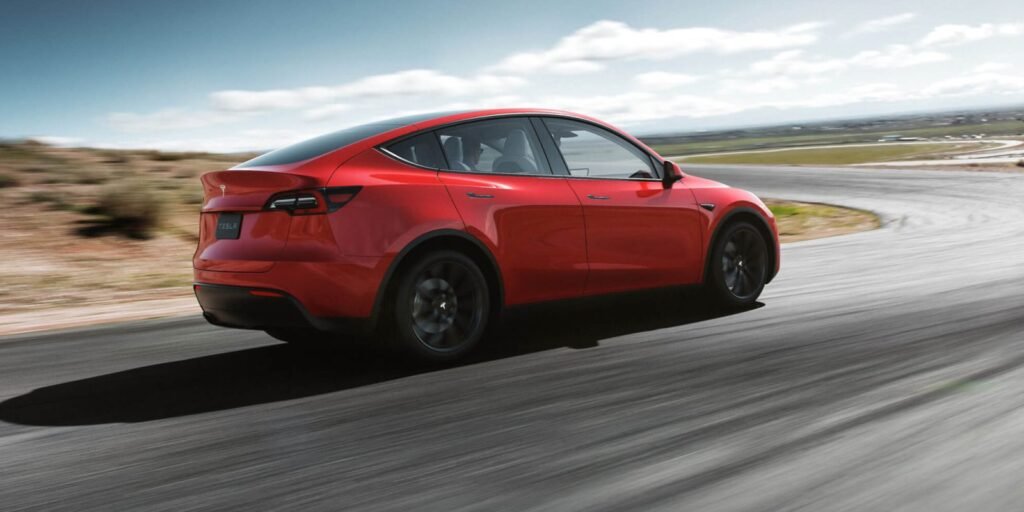A survey of more than 1,000 American teen drivers has found they spend about 21 percent of each drive looking at their phones. This is despite the majority of states in the US banning all types of phone usage for young drivers.
The research team, including scientists from Harvard University, began by interviewing 20 high school students with driver licenses about their attitudes, social norms, and perceived behavioral control on the road.
Students from suburban and rural areas in Northeast and Western states were specifically recruited, because these teenagers were more likely to drive than those in cities.
In this group, about 70 percent admitted to spending some time looking at their phone while driving. The most common reason for this dangerous distraction? Entertainment, accounting for 65 percent of mobile phone use behind the wheel, followed by texting (40 percent) and navigation (30 percent).
Related: A ‘Silent Epidemic on Wheels’ Is Killing Us, And We Need to Talk About It
These teenagers explained that phone use was often motivated by “communication with family and friends”, “being productive”, and “being entertained while driving”. They were aware of the accident risk and reduced visibility, and felt that keeping their phone out of reach, using a hands-free device, and being well-rested improved their behavioral control.
While participants acknowledged that the important people in their lives would not want them driving distracted, they believed their friends and family did it too, which suggests the behavior is widely normalized (and the importance of setting a good example, mom and dad).
Their responses allowed the researchers to put together a 38-question survey that they took to a further 1,126 high school-age drivers (18 years old on average) from suburban and rural areas around the US.

This was when they found that young drivers spent an average of 21.1 percent of their time on the road looking at a phone. Around 26.5 percent of these glances were estimated to last longer than two seconds, a duration that puts drivers at 5.5 times greater risk of a crash.
“We found that while young drivers recognize the advantages of using smartphone features like GPS, they also understand the heightened risk of accidents associated with distracted driving,” says lead author Rebecca Robbins, a behavioral scientist from Mass General Brigham.
“Encouraging the use of ‘Do Not Disturb’ mode, keeping phones out of reach, and ensuring teens get adequate sleep are effective strategies to mitigate this dangerous behavior.”
While the blanket ban on phone use while driving seems straightforward, it’s obviously not a foolproof solution. Robbins and team believe that if we want to address the serious issue of distracted driving among young people, it is imperative to understand the “predisposing, reinforcing, and enabling factors to this risky behavior.”
While the survey’s results are not necessarily representative of the wider population in the US or around the world, this concerning snapshot points to some practical approaches to making our roads safer.
For instance, one of the strongest beliefs these teenagers held was that distracted driving could afford them the ability to “be productive”. The team suggests campaigns debunking this belief could be an effective approach.
“Distracted driving is a serious public health threat and particularly concerning among young drivers. Driving distracted doesn’t just put the driver at risk of injury or death, it puts everyone else on the road in danger of an accident,” Robbins says.
This research was published in Traffic Injury Prevention.






